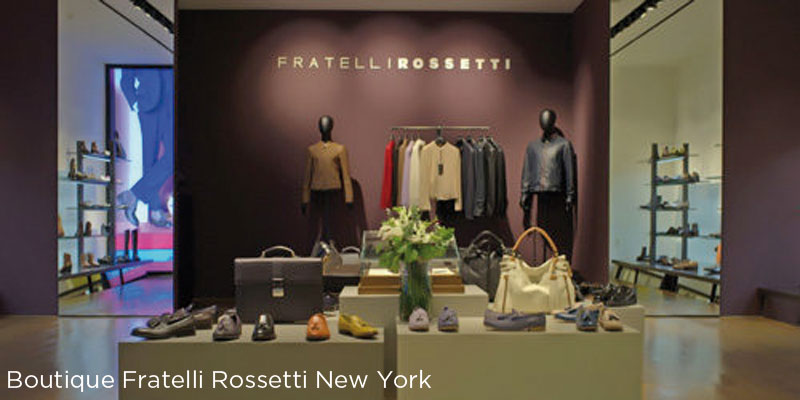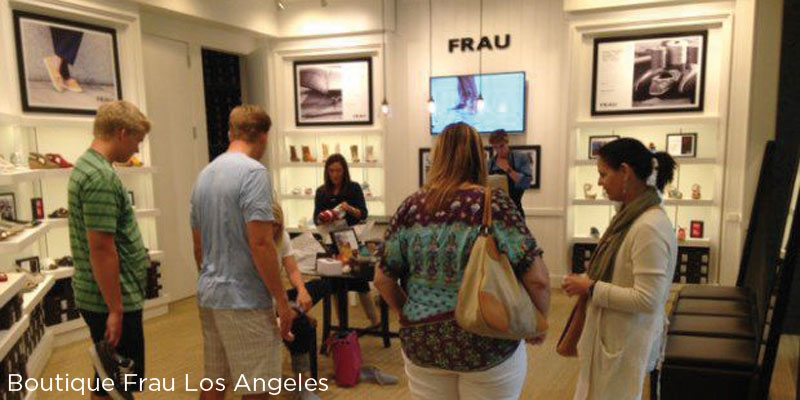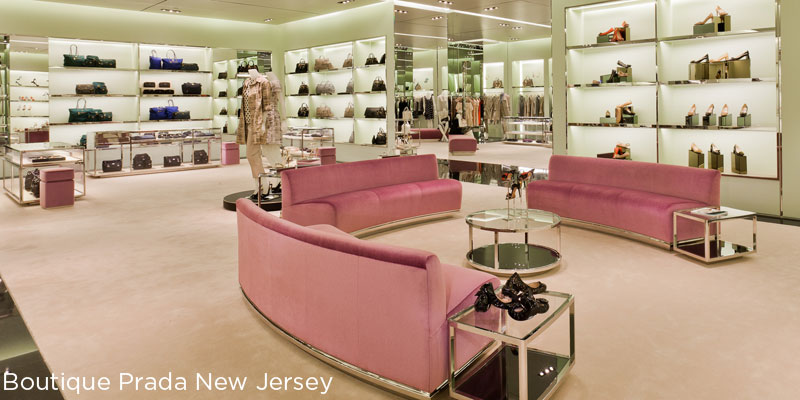This will occur in 2022, as outlined in the “Exporting the Dolce Vita Report”, which was presented in Milan this past May 9. The study on “the market potential for beautiful and well-made Italian products in advanced markets” was done by the Confindustria Research Centre in collaboration with Prometeia.

The conference saw the participation of the Minister for Economic Development, Carlo Calenda, Licia Mattioli, Vice President of Confindustria, Luca Paolazzi, Director of the Confindustria Research Centre, Alessandra Lanza from Prometeia, Davide Oldani, Ambassador of Expo 2015, Marco Bizzarri, CEO of Gucci, Jean Christophe Babin, CEO of Bulgari, and architect Mario Bellini.
“Beautiful and well-made” refers to products that combine beauty with functionality, culture, and technology. An art in which Italian manufacturers excel, especially when it comes to footwear.
The United States as “first in the classification” surpasses France, the current first end market in the sector, passing from 1.2 billion in imports to 1.7 billion. The upward trend is close to 43%, one of the most dynamic growth trends to emerge from the countries analysed.
The forecast outlines a lively evolution in consumer trends and in the income of families, which will favour footwear imports, above all in big cities and in the part of the market that most closely follows the trends of traditional fashion. Is the “Made in Italy” footwear pathway without obstacles? Of course not. There are duties and customs barriers that limit its entry into the American territory, as well as non-tariff barriers that are represented by the complex bureaucratic procedures.





To fully benefit from the opportunities of this market, the Italian offer is called upon to reconcile traditional elegance and skilled craft workmanship with the request for comfort that is increasingly in demand by the American consumer. The success of Italian footwear will depend also on its ability to demonstrate the versatility of the offer, extending it to include more casual features, without however compromising on the quality.
France accordingly steps down on the podium to second place in the classification of leading importers of “beautiful and well-made” footwear. This country across the Alps, thanks above all to its large luxury groups, of which many Italian footwear manufacturers are subcontractors, will in any case maintain a position of importance, with forecasts for imports equal to 1.5 billion in 2022, compared to the present-day 1.3 billion. France represents a target market of consumers that is expectant and demanding, and capable of appreciating the style, quality, and good taste expressed by Made in Italy. Another factor not to be overlooked is the ability of this country to attract international tourists (85 million tourists a year), who are more than willing to purchase high quality products “branded” made in Italy.
The third end market for “beautiful and well-made” footwear exports is Switzerland, which will see its current import numbers rise to 1 billion euro, increasing by 129 million euros, for an uptrend for 12.5%.
These figures regard not only direct imports created by local demand, but also represent products travelling through this country towards other markets, in light of the growing role of this Swiss country as a logistical platform for international trade.
Next, in the 5 top destinations for Italian footwear in the segment “beautiful and well-made” are Germany and the United Kingdom. Today, these two markets register imports equal to more than 939 and 589 million euros respectively, which are destined to grow by around 200 million euros each in the next six years to come.
These countries are followed by Spain, Belgium, and the Netherlands, with an expected growth of 25% each.
In the case of Spain, the rise in demand for Italian footwear is supported by the quickly recovering income of families after the severe economic crisis of 2009.
Japan and South Korea hold the last two positions in the classification of top ten importers of “beautiful and well-made” footwear from Italy in 2022. Both countries respectively import 188 and 172 million euros in Italian shoes, levels which are expected to grow by more than 60 million euros in both markets.



